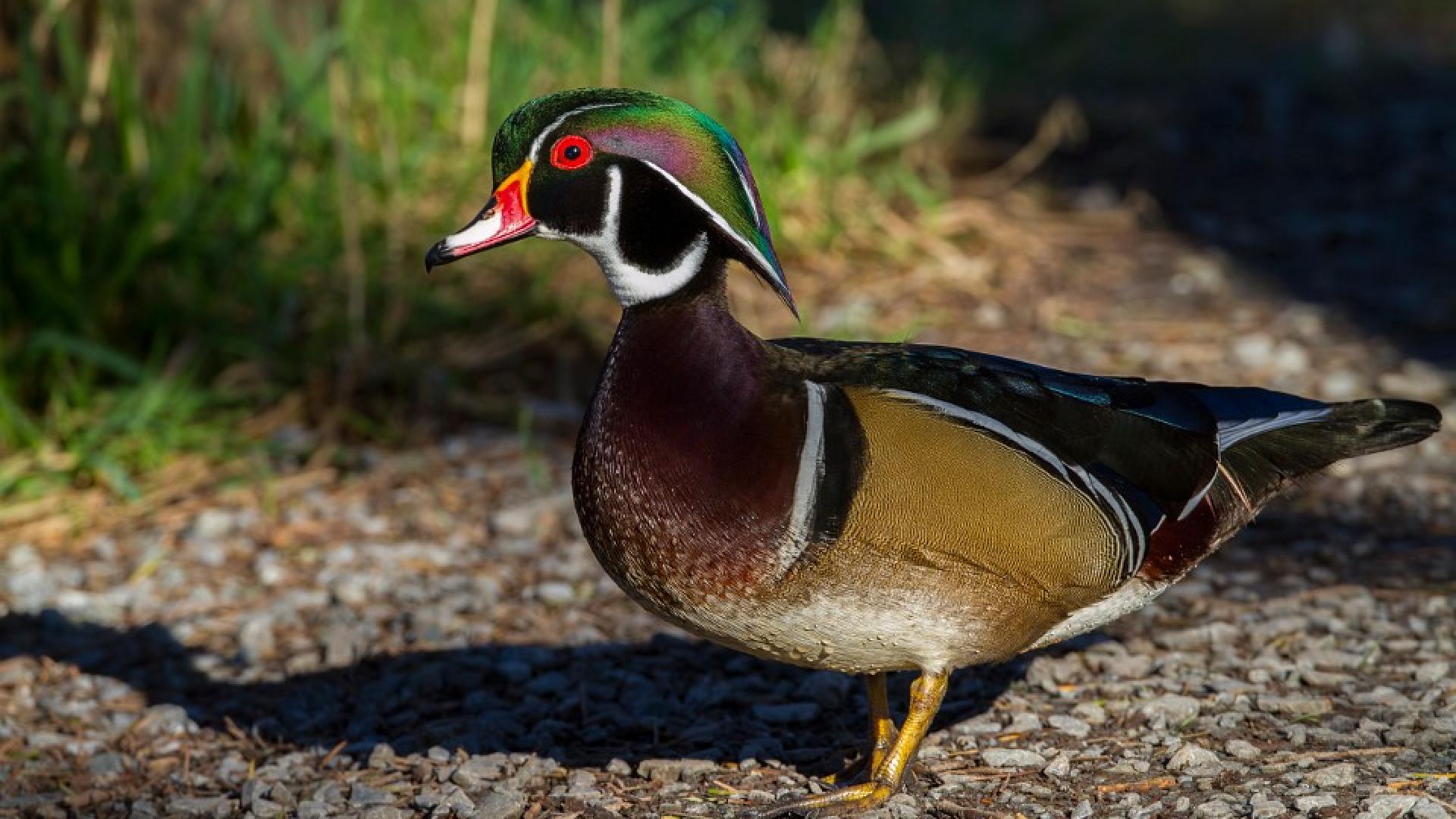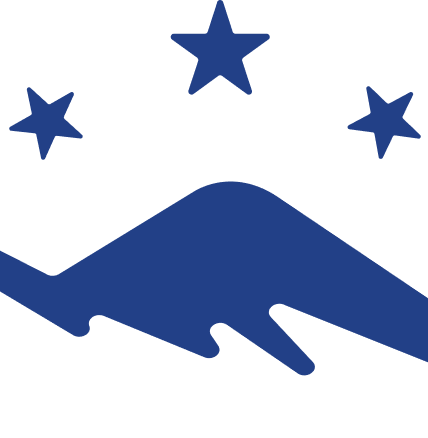A time of transition
While winter currently still holds a tight grip on the landscape across the Champlain Valley, the longer days and the changing calendar are beginning to give us a glimpse that spring is coming.
It begins with holes in the ice which has covered Lake Champlain for months. These are quickly filled by rafts of migrating waterfowl — particularly ducks — on their way north. The ducks are soon joined by other aquatic birds like Common Loons, Red-necked Grebes, Horned Grebes, and a variety of gulls including Bonaparte’s Gulls. Caspian Terns add their grating calls to the mix, and our local marshes welcome back their first American Bitterns of the season.
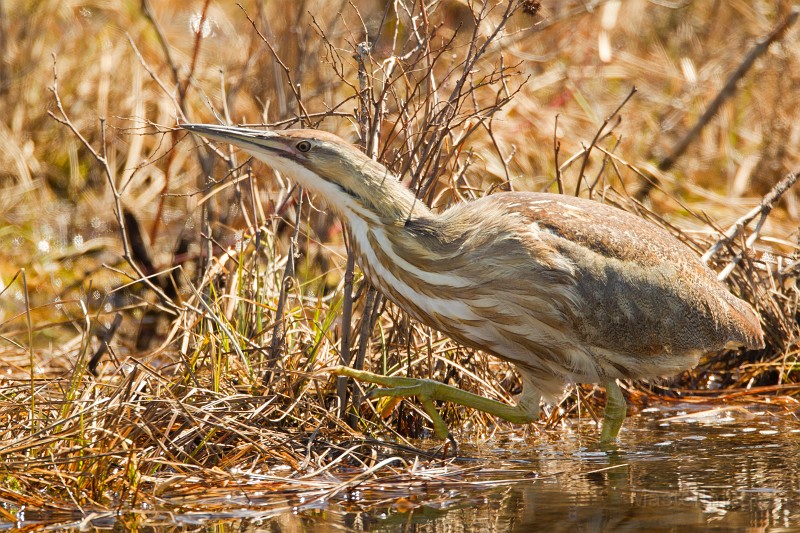
At the same time, early spring in the region’s fields, hedgerows, and woods is marked by melting snow as the brown grasses poke through to eventually grow green in the sun. Early migrants like Red-winged Blackbirds, Common Grackles, and Song Sparrows arrive to join lingering winter birds like Snow Buntings, Lapland Longspurs, Horned Larks, and American Tree Sparrows.
They are soon followed by species like Fox Sparrow, Vesper Sparrow, Chipping Sparrow, and Eastern Meadowlark as the diversity of the species assemblage in the valley jumps in the excitement of spring. Add to this the movement of migrating raptors like Northern Harriers and American Kestrels on their way north, and early spring is a time of year which should get us all motivated to explore the valley. Here are some locations which birders should visit.
Cumberland Head
While birders will find a variety of songbirds and raptors in the fields and hedgerows of Cumberland Head, the key place to check out is the ferry terminal. The ferry’s constant travels back-and-forth throughout the winter helps keep the ice from completely locking the lake closed. If this creates open water, it can attract waterfowl during the winter, and come spring this is one of the places which tends to break up first as the ferry lanes widen beneath the spring sun and warm winds.
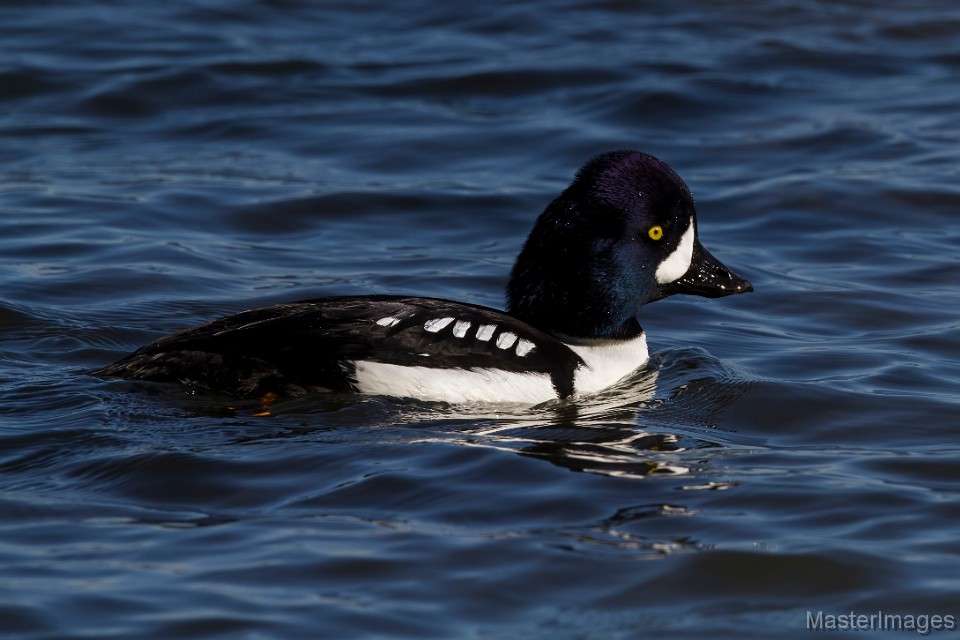
The open water can soon be packed with migrating ducks from Northern Pintails to large rafts of Greater and Lesser Scaup to Red-breasted Mergansers to Barrow’s Goldeneye pulled out of the large congregations of Common Goldeneye. And all of this happens under the watchful gaze of Bald Eagles which are setting up their nests nearby.
Ausable Marsh Wildlife Management Area/Ausable Point
The complex of habitats at Ausable Point is excellent for a long list of spring species. This is once again headlined by aquatic species, many of which – like Red-necked Grebe and Barrow’s Goldeneye — can be found from Ausable Point itself reached by driving into the state campground. Other species like Hooded Merganser and Ring-necked Duck may be tucked in along the edge of the marsh, while arriving Wood Ducks and Blue-winged Teal take up residence on the marsh itself.
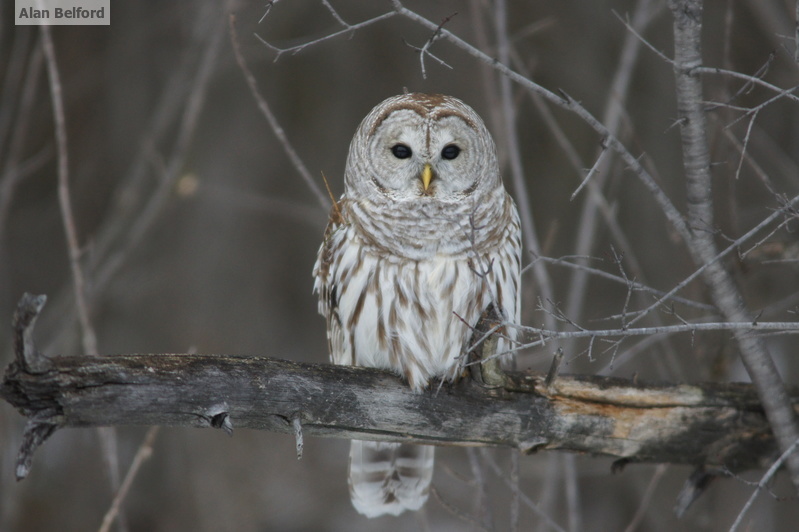
April visits to the marsh will include the songs of arriving sparrows like Song and Swamp, the raucous calls of Red-winged Blackbirds, and the cries of flyover Caspian Terns. Evening trips may feature the winnowing of Wilson’s Snipe, the pumping of American Bitterns, and the territorial hoots of Barred Owls. As spring advances the marsh welcomes back birds like Virginia Rail as species like Warbling Vireo and American Redstart arrive in the surrounding forests, signaling May to anyone willing to listen.
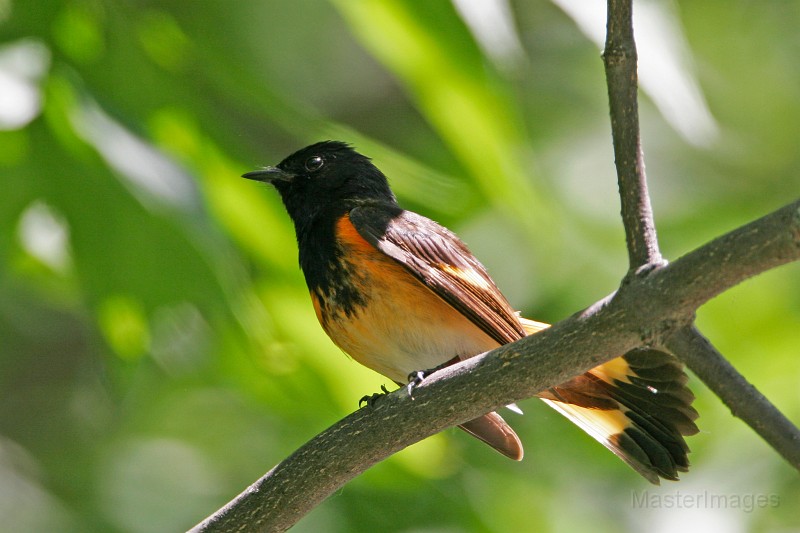
The Magic Triangle
While birders in search of spring waterfowl should check out the Essex Ferry Terminal which – like the Cumberland Head Ferry – can foster the break-up of the ice, birders looking for upland species may want to explore the Magic Triangle, so named for the variety of interesting birds it has attracted over the years, particularly during migration.
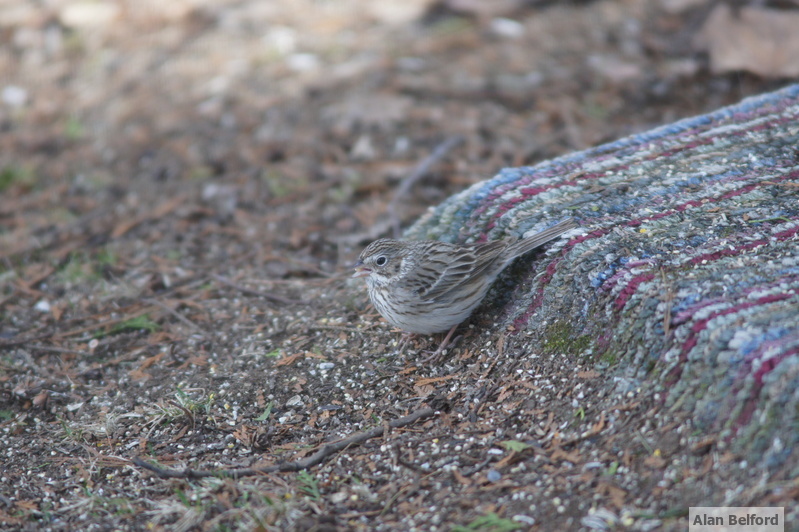
The fields and hedgerows of the Triangle may continue to offer food for wintering birds like American Tree Sparrows and Snow Buntings, even as Chipping Sparrows, Vesper Sparrows, and Savannah Sparrows arrive or pass through on their way to places further north. Patches of snow often frame the dance floor of strutting Ring-necked Pheasants and Wild Turkeys, while fence posts become the chosen singing platform for Eastern Meadowlarks.
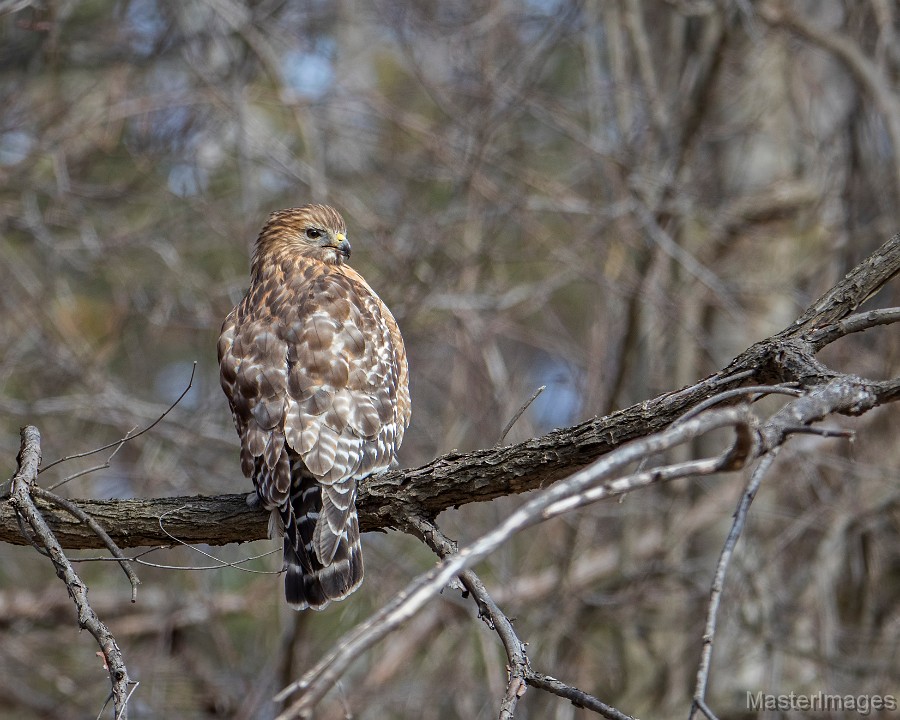
It is also a great time of year to look for raptors as migrating American Kestrels, Peregrine Falcons, Northern Harriers, and every other raptor species found in the region join Rough-legged Hawks - still lingering from the winter before they too head north. In fact, early spring and fall are the best times of year to look for raptors in the Champlain Valley and North Country, and their spring movement concludes with the high-pitched whistles of Broad-winged Hawks arriving to nest in area woodlands.
Bulwagga Bay/Port Henry
Thanks to an ever-widening fracture in the ice which appears each year off of Crown Point, Bulwagga Bay is one of the premier places to look for migrating waterfowl and other aquatic species in the Champlain Valley. The list contains any species which passes through the region, including sought-after ducks like Eurasian Wigeon and Barrow’s Goldeneye, while the numbers of common species can be staggering.
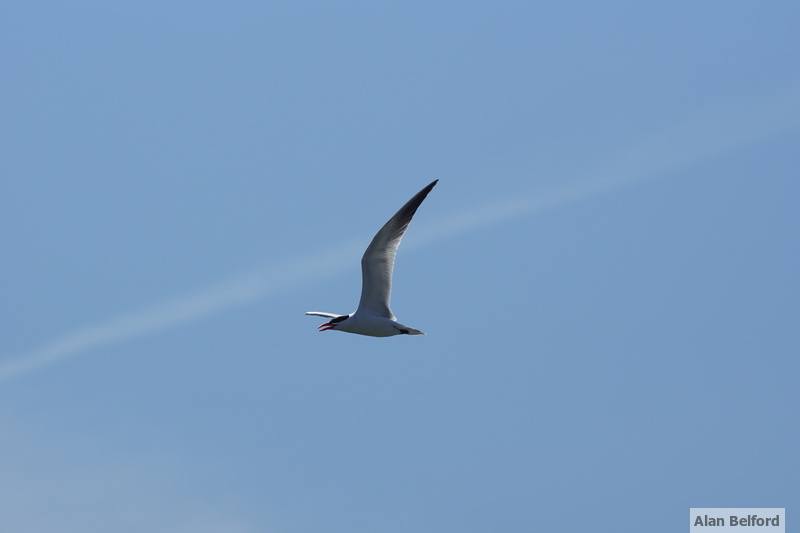
Finding such birds is aided by the various viewpoints Port Henry offers, such as the Port Henry Pier near the boat launch, the town beach (what many local folks call Sandy Beach), and the wide viewpoint along Rt. 22 just south of town at the sign honoring the World Series heroics of Johnny Podres. Having a list of sites like this is advantageous for birders to pick through the flocks from various angles while courting Caspian Terns on the sand spits offer fish to potential mates and Bonaparte’s Gulls use the lake as a highway on their journey north.
Crown Point
Crown Point offers yet another viewpoint to check out the flocks of birds which may be found in Bulwagga Bay during early spring. Some of these birds may be tucked into the marshy margins of the point, often best viewed from Fossil Rock (a short walk through the fields and hedgerows of Crown Point State Historic Site).
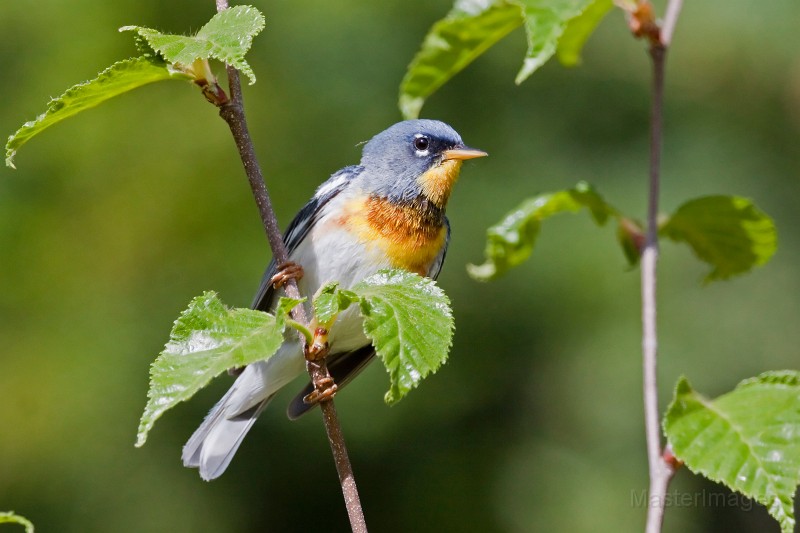
These same forests, fields, and hedgerows also begin to attract a long list of songbirds to the point — a phenomenon which culminates in May with a colorful quilt of warblers, vireos, tanagers, and flycatchers which pass through the well-known bird banding station on their way north. The banding station is open to the public, and interested birders should park at the museum and walk the grassy two-track back to the thickets which hide the mist nets.
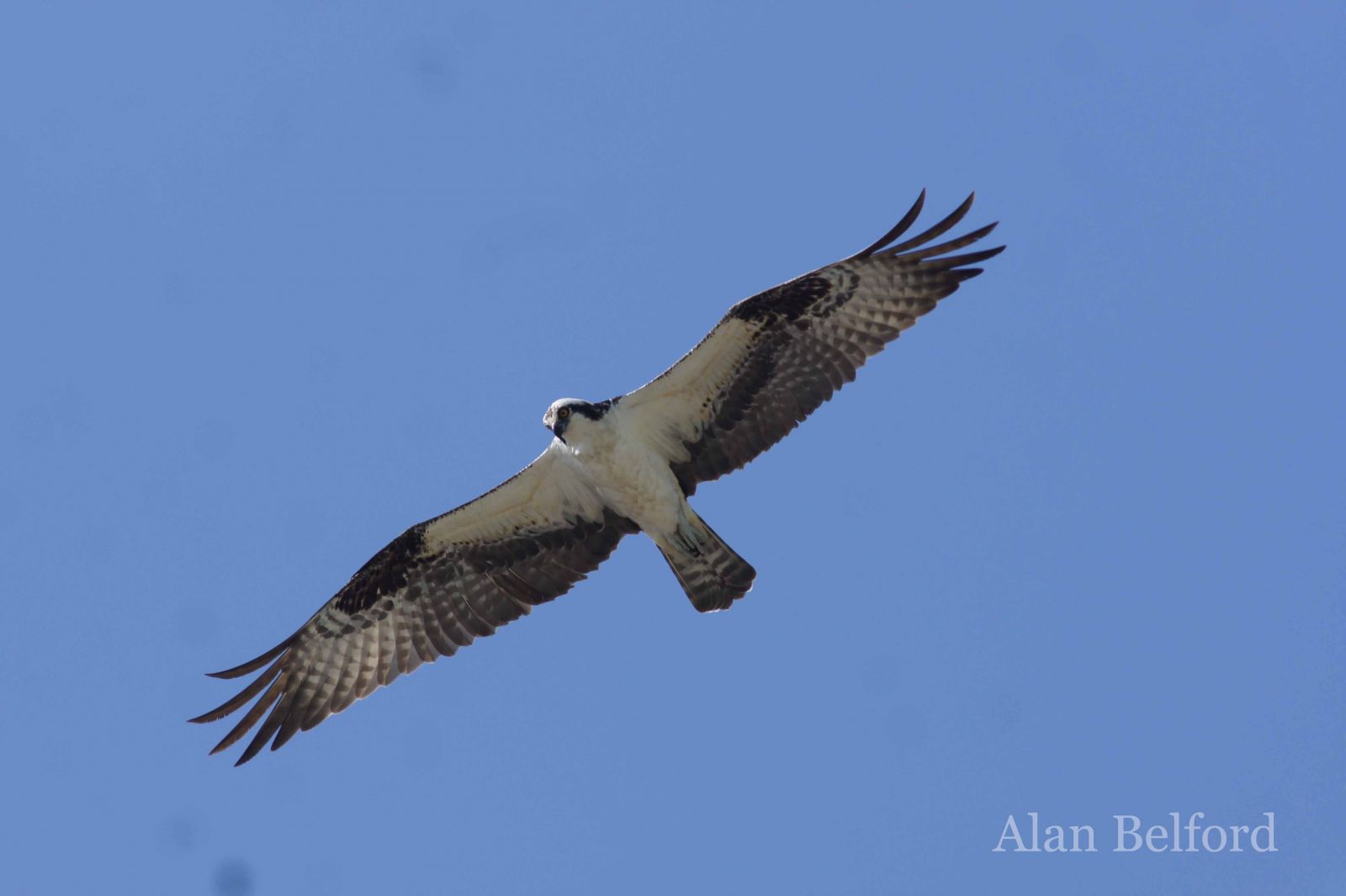
Not only that, but the fields which compose much of Crown Point (south of the State Historic Site) are – like the Magic Triangle – excellent for migrating raptors during early spring while the first Ospreys of the season arrive to their enormous stick nests which dot the tops of area poles and trees. These same fields also attract arriving Savannah Sparrows and stopover Vesper Sparrows, while Eastern Bluebirds sing in the spring sun. It is the beginning of a season which builds through May, into June, and into the warm days of summer ahead.
Late winter and early spring offer amazing birding and other outdoor adventures throughout the Champlain Valley. Plan your trip today by checking out our lodging and dining pages.
This week in ADK news:

